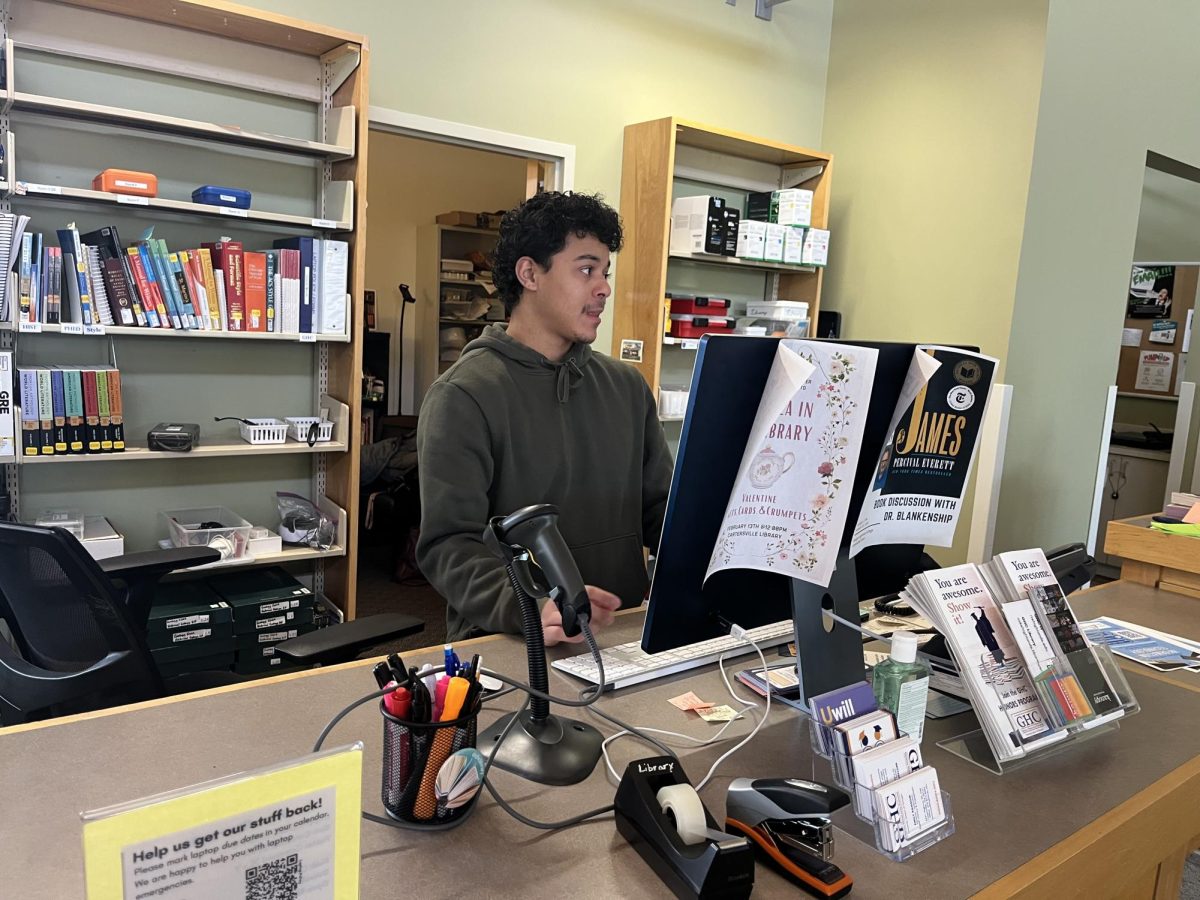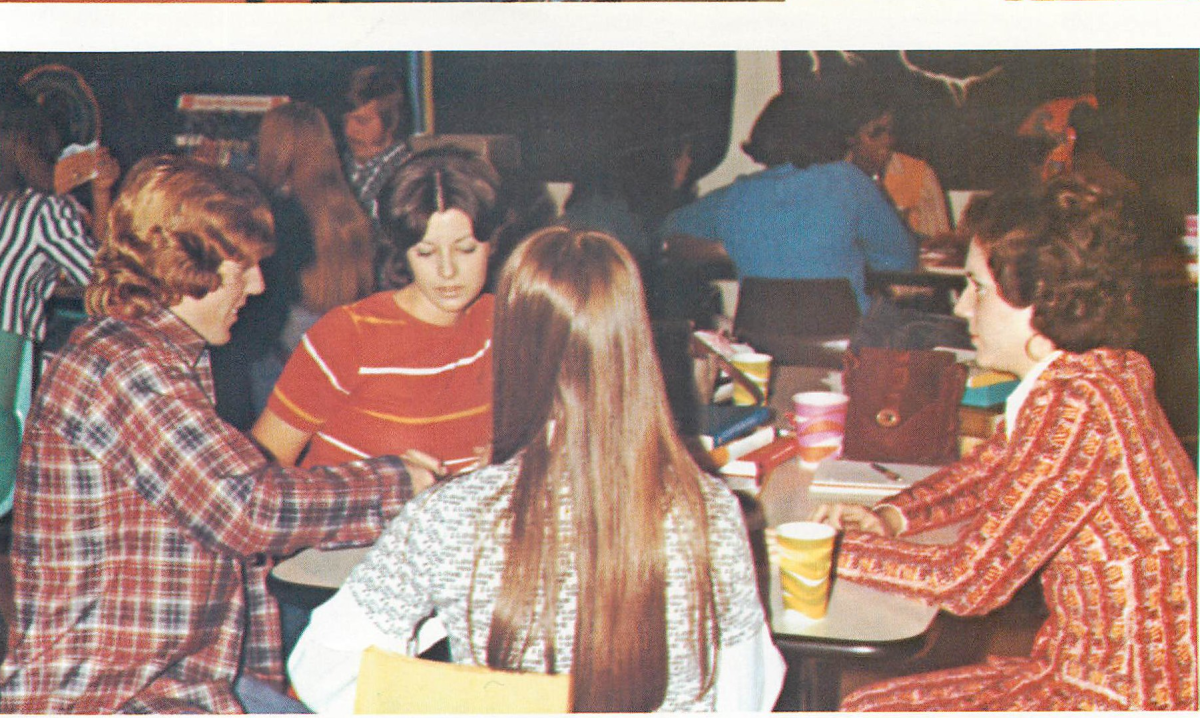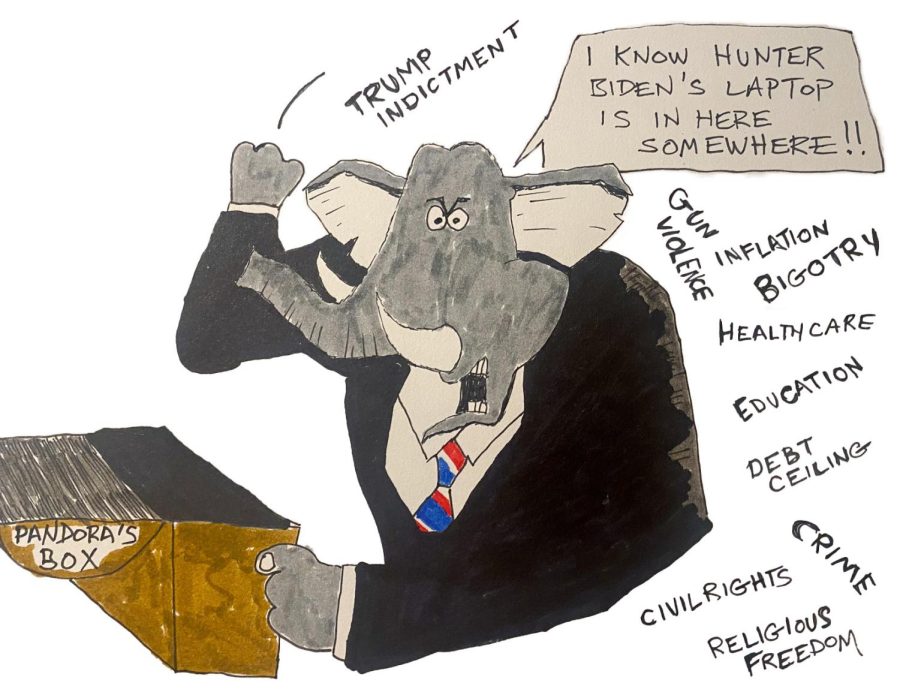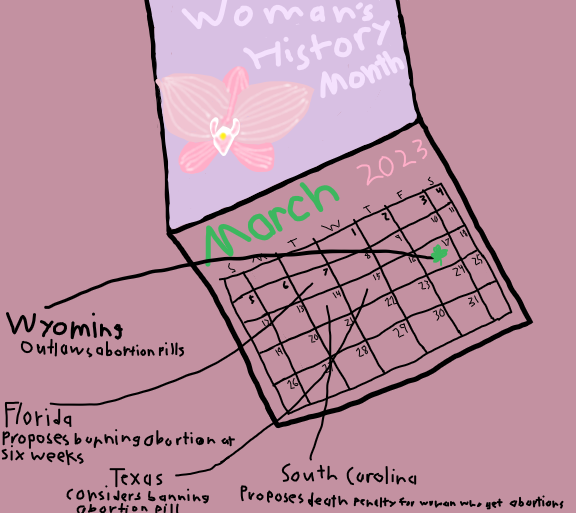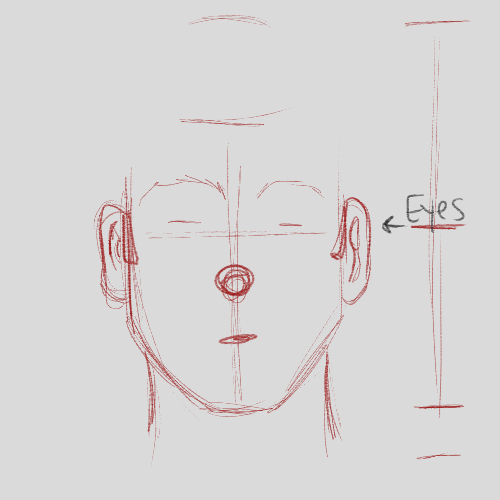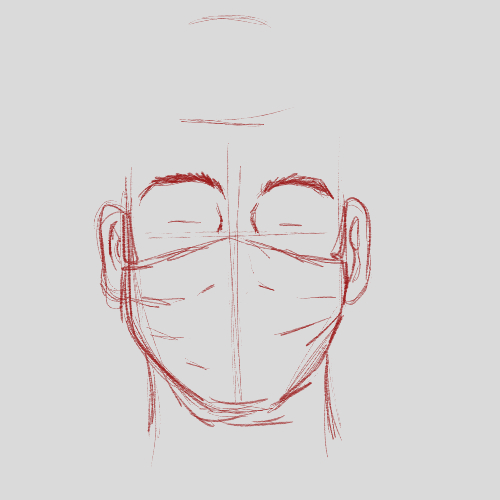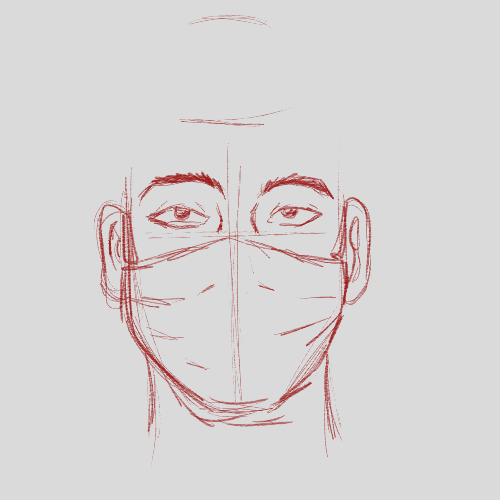Draw a quarantine portrait in five simple steps
In the era of COVID-19, seeing someone’s fully exposed face feels like a distant memory. As artists try to capture the experience of living through a global pandemic, drawing people with their masks is essential in documenting the history being made. It’s also a great way for beginners to learn how to draw portraits — with half of the face covered, the proportions can be easier for beginners to grasp.
So whether you’re a seasoned artist or looking to get into drawing, here’s some tips and tricks to capturing a portrait with a mask:
Even though the lower half of the face will eventually be covered, we still need to ensure the placement of everything is correct. Start by finding the top of the head and bottom of the chin. Then, find the hairline and jawline.
After we have found the basic outline of the face, let’s find the approximate placement of the eyes, nose and mouth. These don’t have to be perfect — we just need placeholders at this stage. I indicate the area for the eyes and mouth with a straight line and a circle for the nose. To find the placement of the eyes, draw a vertical line the distance from the top of the head and the chin, then find the center. This is the line the eyes should lay on.
Now that we have placeholders, the eyebrows should go above the eyes, leaving space for the eyelids. The ears should go from the bottom of our eyebrows to the bottom of the nose. Don’t be afraid to use your own face as proportion measurements.
Now comes time for the mask. In general, masks loosely hug the jaw and chin and go overtop the nose. Because noses protrude outwards, the mask will do the same. We can indicate this by making sure the mask comes to a point in the middle instead of going straight across. At this stage, you can also fill in the eyebrows and erase any unnecessary lines.
Next, draw in the eyes using our placeholders as an approximation. Draw both eyes at the same time, not one and then the other. This will help the eyes look similar to one another. Draw in the hair using the line we drew to indicate the top of the head earlier. Don’t be afraid to be sketchy and use short strokes.
Before shading, draw any additional details such as clothing, accessories or the mask’s design.
Add shadows to areas that should be darker — in our case, the inside of the hoodie, under his chin and around his eyes — and clean up any unnecessary lines.
Congratulations! In five simple steps, you’ve drawn a portrait.
Members of the GHC community can send their COVID-19 related artwork to 6mpost@student.highlands.edu to be featured in a future story.




